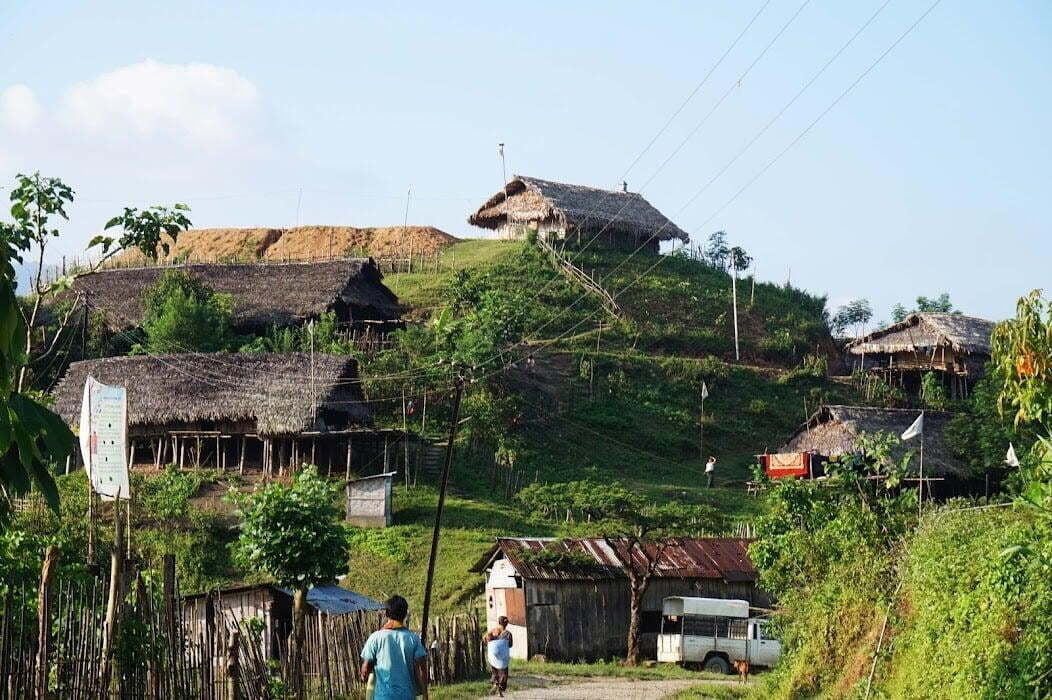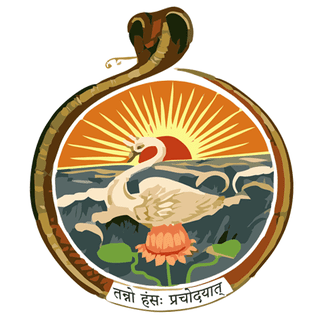People & Place
The Cripton Story

Tirap Frontier Division, now known as Tirap district, is the southernmost district of the North-East Frontier Agency (NEFA). The Patkai mountain range, in the northeast frontier of India, bordering Myanmar, is spread over the Tirap and Changlang districts of Arunachal Pradesh.
The Tirap district comprises 2362 sq. km. area and shares its border with Myanmar in the south, Nagaland in the west, Assam in the north, and Changlang district to the east. Altitudes range from 150 to 1500 metres approximately.
Several salt springs in the Tirap district provide a valuable resource for the local people. These springs, abundant in areas like X, contain naturally occurring salt water, from which communities like the Nocta traditionally manufacture salt. Not only do they use this salt for their own consumption, but it also acts as a valuable commodity, allowing them to acquire necessities like tools, utensils, and fabrics through barter with plains dwellers. Before the British arrived, salt was a key item of trade, and villagers often welcomed plains dwellers with their wares, eager to exchange them for this precious commodity. This abundance of salt gave the Nocta villages a unique advantage, allowing them to negotiate favorable terms in trade agreements.
From the earliest days, people migrated to Assam, crossing the Patkoi range and passing through what is now the Tirap district. For people on both sides of the Patkoi, this region served as a crucial gateway. The Ahoms, who ruled over the Brahmaputra valley for more than six hundred years (from the beginning of the 13th century to the beginning of the 19th), as well as the Khamptis, Singphos, Phakials, and even the Burmese invading army, all entered Assam following routes traversing this district.
An expedition to survey the Tirap Hills in 1878 yielded disastrous results. On February 2nd, Lieutenant Holcombe, the Assistant Commissioner of Jaipur, and his survey party were attacked at Ninu, a village four days' march from the plains. Lieutenant Holcombe and eighty men were brutally killed, and fifty others were wounded. Upon learning of the attack, a military expedition was immediately sent to the hills. They destroyed Ninu and recovered the heads of the murdered men along with the arms and plunder taken.During the year 1942-43 a Control Area comprising the Namsang Borduaria area was constituted. With the recruitment of Indian Frontier Administrative Officers in 1953 the Administration started taking more interest in matters relating to the Divisions. Co. P N Luthra, IFAS went to Tirap as the Political Officer and was in charge of the Division from 25 January 1954 to 23 March 1955. For the sake of better administration it was decided as early as 1951 that the Headquarters of the Divisions should be shifted from the plains to the respective Divisions and in accordance with that decision the Headquarters of the Tirap Frontier Division was shifted from Margherita to Khela with effect from 2 August 1955 when Sri Wagray was holding charge of the Division. After Sri Wagray, Col. K A A Raja went to Khela as Political Officer and was in charge of the Division upto 26 September 1969. During this period the Division made rapid progress toward all-round development with special attention given for removing the communication difficulties.The Headquarters was again shifted with effect from 17 August 1959 from Khela to Khonsa, a site considered better in almost all respects.The Noctes, about 35000 in number, live in 63 villages, occupying half of the Tirap district. The other half of the district beyond the river Tissa is the home of the Wangchos. Noctes are a combination of several groups of people that came from different directions and settled together in the present habitat.Nok means 'group of people', and te means 'that reside'. Nokte is now known as Nocte, a major tribe of Arunachal Pradesh.A group of Noctes migrated from the Hukong Valley in Burma. They came trekking the hills, as said, through Pangsau pass, down to the plain area, along the river Dihing, and then came up the hill and settled in the present Namsang-Borduria habitat.Bamboo, Hollong, Mekai, Nahar, orchids, herbs and flowers and various kinds of birds, butterflies, animals such as bears, dears, hogs, elephants, monkeys etc. are in plenty here.

